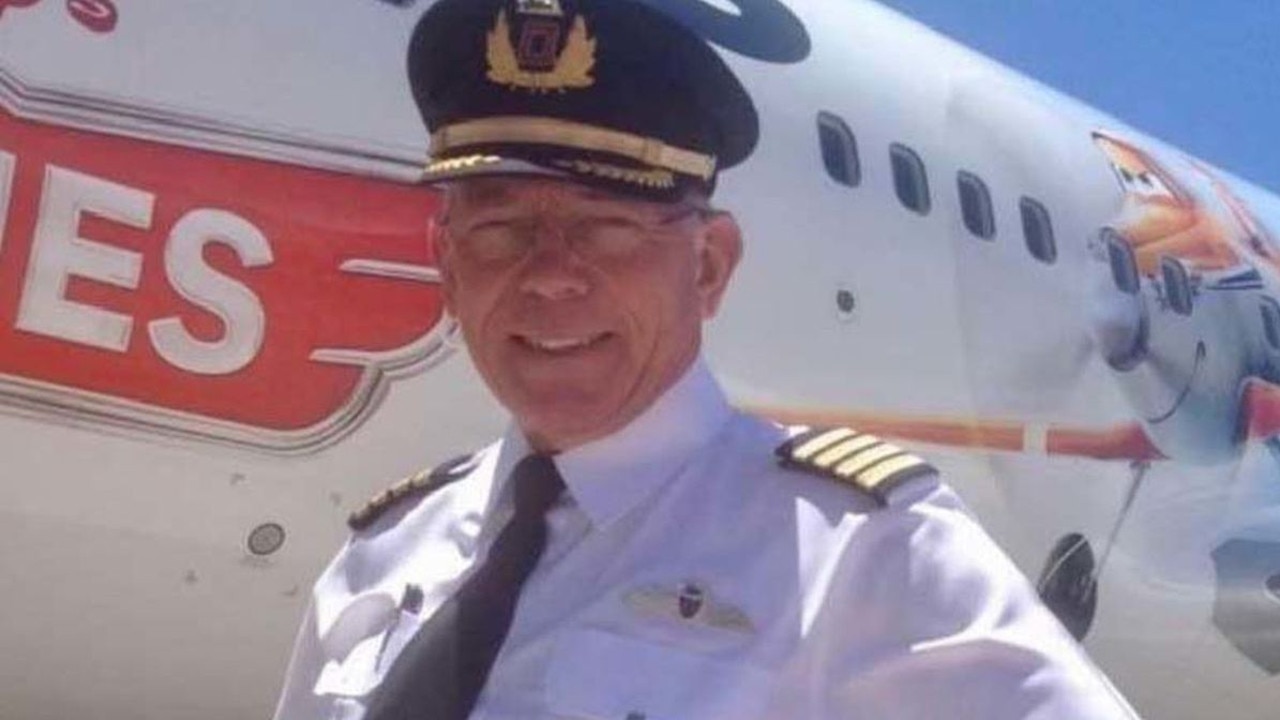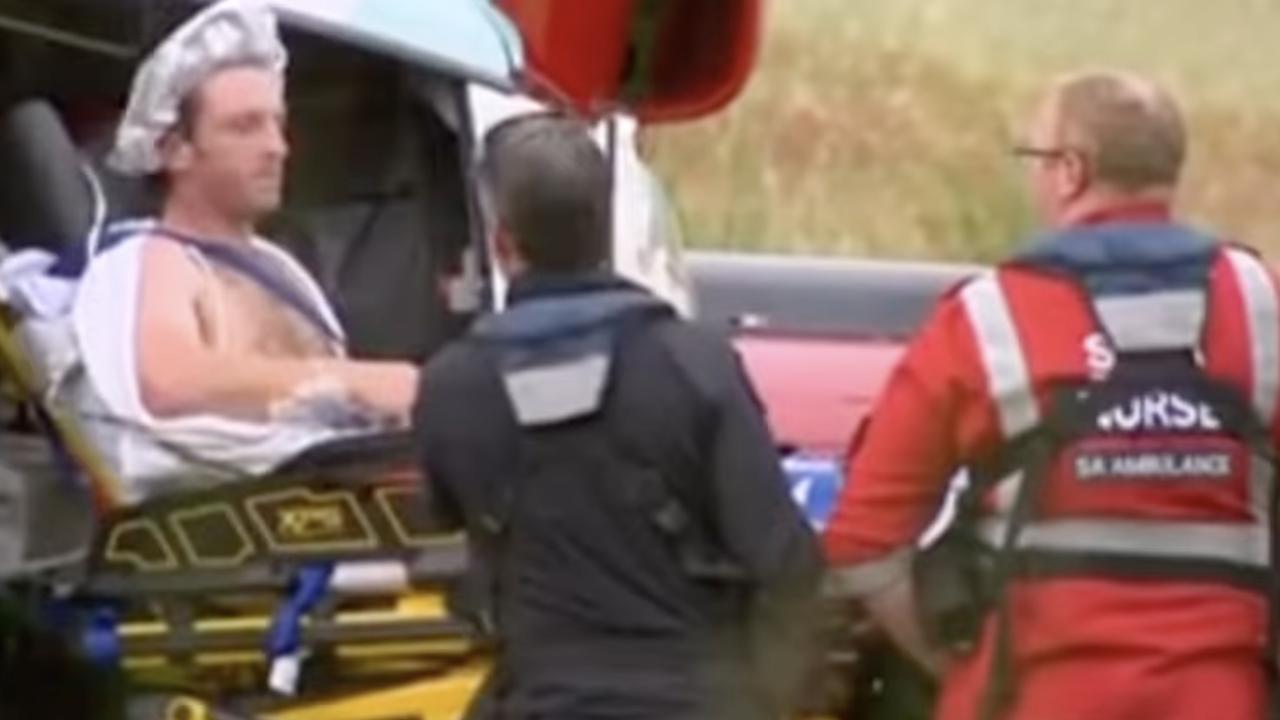Reason for fatal joy flight that killed pilot, passenger
A coroner has been unable to determine what caused a plane performing aerobatics on a joy flight to crash, killing the pilot and his passenger.
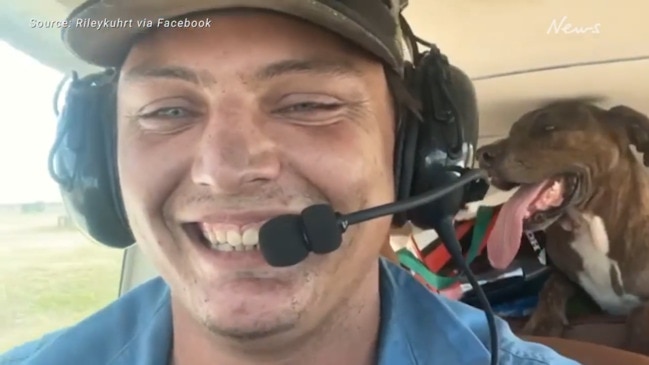
The cause of a fatal plane crash that killed a pilot and his passenger during a routine joy flight on the Gold Coast has been unable to be determined by the state coroner.
Martinus Van Hattem and Trista Lea Applebee died after the Yak-52 “warbird plane” Mr Hattem was piloting crashed off the coast of South Stradbroke Island on June 5, 2019.
Coroner Carol Lee delivered her findings on Tuesday but could not determine a cause for the deadly crash despite a detailed police investigation and the three-day inquest proceedings heard in December.
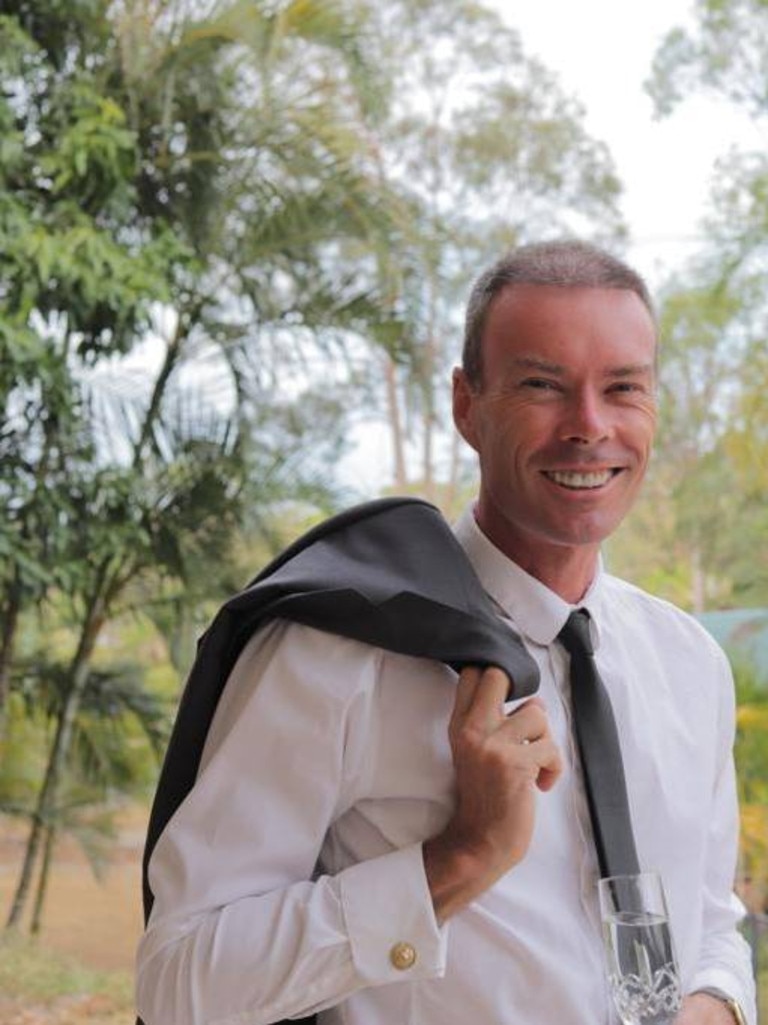

Mr Van Hattem, 52, and Ms Applebee, 30, had been on-board the light aircraft as part of a 30-minute scenic aerobatic flight that had been purchased as a 31st birthday gift by Ms Applebee’s friends.
Ms Lee found there was insufficient evidence to determine why Mr Van Hattem was unable to prevent the crash.
“There is no evidence of any mechanical failure,” Ms Lee wrote in her findings.
“Mr Van Hattem’s lack of experience in this type of flying and his performance of aerobatic manoeuvres at heights well below 3000ft above ground or sea level may have contributed.
“The possibility that a loose or uncontained tool or other article on-board the aircraft may have interfered with the flight controls and prevented Mr Van Hattem from recovering from an aerobatic manoeuvre is a feasible but not ascertainable explanation for why the aircraft impacted the water.”
The coroner determined the pair had died as a result of multiple and extensive injuries suffered when their plane crashed into the water at high speed.
The scenic flight took off from Southport Airport at 9.46am and was last seen at a reduced speed on radar over South Stradbroke Island at or above 1200 feet, which seemed consistent with aerobatics.
The flight had been tracked through radio calls south to Broadbeach and then back up the coast towards South Stradbroke.
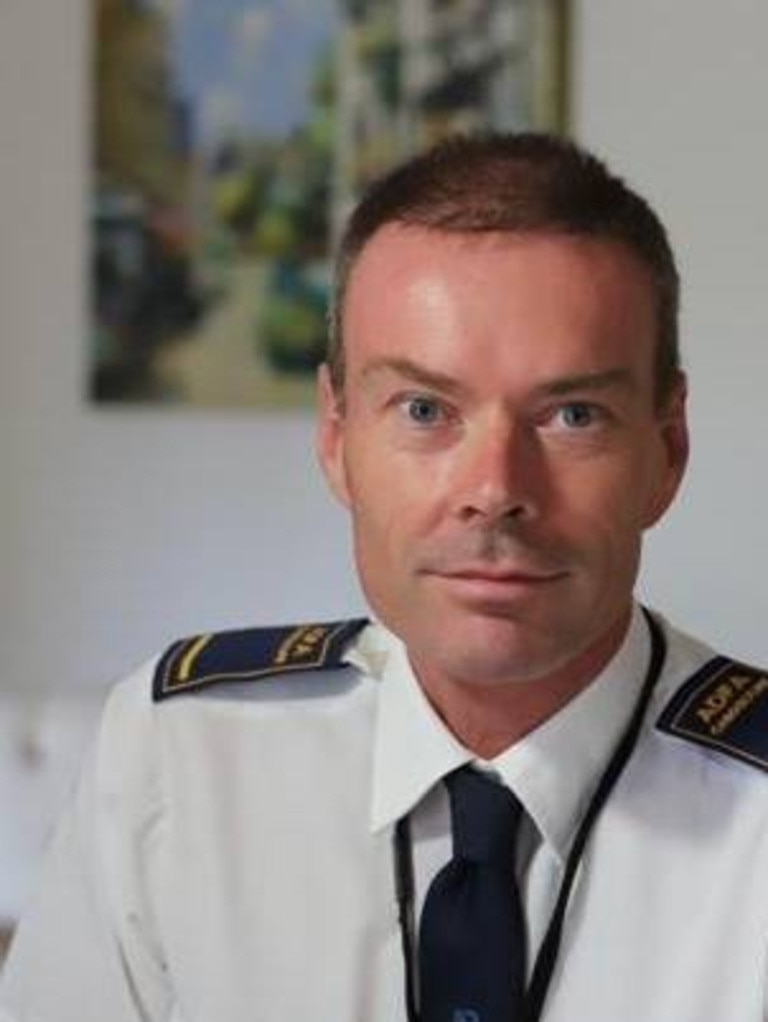

The final call heard revealed the plane was “at Porpoise Point and headed seaward for aerobatics at 3500ft”.
When the aircraft failed to return to the airport, a full search was launched, with four helicopters searching the last known area.
The plane’s wreckage was spotted in the surf break on the eastern side of South Stradbroke Island hours later at 4.30pm.
It took rescue crews almost two days to recover both bodies and only part of the wreckage was ever found.
Mr Van Hattem’s body was found the day after the crash trapped in wreckage, while Ms Applebee’s body was found on June 7 off North Stradbroke Island.
Evidence heard during the inquest from qualified witnesses claimed Mr Van Hattem’s aerobatic flight training should have involved “far more” instruction than the reported two hours.
The Yak-52, which was built in Romania in 1982 and registered in Australia in 2017, was not required to carry a “black box” cockpit recorder.
Ms Lee stated in her findings that Mr Van Hattem did not have any significant medical or mental health issues and was “fit to fly”.
However, she did state his ability to avoid a crash could have been impaired by a loose object interfering with the aircraft‘s controls during inverted flight.
“Witnesses … did not hear or see anything about the performance of the aircraft that would indicate that the aircraft was malfunctioning,” Ms Lee stated in her findings.
Ms Lee made several recommendations to the Civil Aviation Safety Authority and Australian Warbirds Association.
They included a review of flight instructors undergoing “a minimum period or duration of training and instruction” for pilots intending to fly aerobatic manoeuvres, a review of recommended spin recovery methods and a review of safety standards around “warbird” aircraft.
She also recommended that CASA assess the risks posed by possible loose objects inside a Yak-52 during aerobatic manoeuvres.


